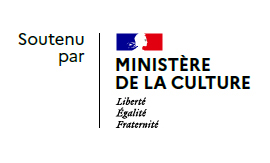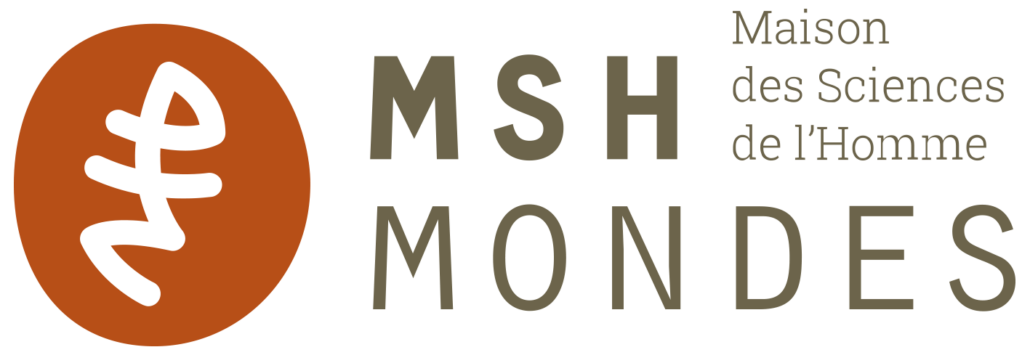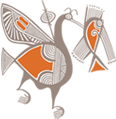| Current library | Call number | Status | Notes | Date due | Barcode |
|---|---|---|---|---|---|
| Lyon : MOM - Bibliothèque de la Maison de l'Orient et de la Méditerranée Libre accès | AOR DS56.4.T47. C3 2007 (Browse shelf(Opens below)) | Available | 109210 | ||
| Nanterre : MSH Mondes - Bibliothèque d’archéologie et des sciences de l’Antiquité | A.000/780 CARD (Browse shelf(Opens below)) | Available | P10 ERA ProtoEg 2009-03-20 4946 | BMRG16655 |
Browsing Lyon : MOM - Bibliothèque de la Maison de l'Orient et de la Méditerranée shelves, Shelving location: Libre accès Close shelf browser (Hides shelf browser)
| AOR DS56.4.O7. S4 1986 Seven thousand years of jewellery | AOR DS56.4.T47. A59 2003 Ancient textiles , production, craft and society , proceedings of the first International conference on ancient textiles, held at Lund, Sweden, and Copenhagen, Denmark, on March 19-23, 2003 | AOR DS56.4.T47. B3 1992 Prehistoric textiles , the development of cloth in the neolitic and Bronze Ages with special reference to the Aegean | AOR DS56.4.T47. C3 2007 Natural dyes , sources, tradition, technology and science | AOR DS56.4.T47. R3 2011 Bronze Age textiles , men, women and wealth | AOR DS56.4.T47. T4 2013 Textile production and consumption in the ancient Near East , archaeology, epigraphy, iconography | AOR DS56.4.V4. B3 1985 Catalogue of Western Asiatic glass in the British museum |
MOM Traduction anglaise de "Le monde des teintures naturelles", 2003
Bibliogr. p. 736-769. Notes bibliogr. Index
At a time when more and more plants and animals are threatened with extinction by humanity’s ever-increasing pressure on the land and oceans of the planet, this book sets out to record sources of colorants discovered and used on all the continents from antiquity until the present day.
Some 300 plants and 30 animals (marine molluscs and scale insects) are illustrated and discussed by the author, whose passion for natural dyes, with their colours of unequalled richness and subtlety, has taken her across the globe in search of dye sources and dyers. Botanical/ zoological details are given for each source and the chemical structures shown for each dye. Dyes employed by different civilisations, identified by dye analyses, are illustrated and relevant historical recipes and detailed descriptions of dyeing processes by traditional dyers are quoted and explained in the light of modern science. Other current uses of such colorants, e.g. in medicine and for food and cosmetics, are also noted.
Although natural dyes have been replaced largely by synthetic dyes, increasing worldwide awareness of the harmful consequences of the pollution resulting from the production and use of some synthetic colorants has led to a significant revival and renewed interest in natural colorants. As potential renewable resources, natural dyes are an integral part of the major issue of our time – sustainable development. The aim of this book is to provide a scientific background for this important debate.
(Source : 4e de couverture)








There are no comments on this title.